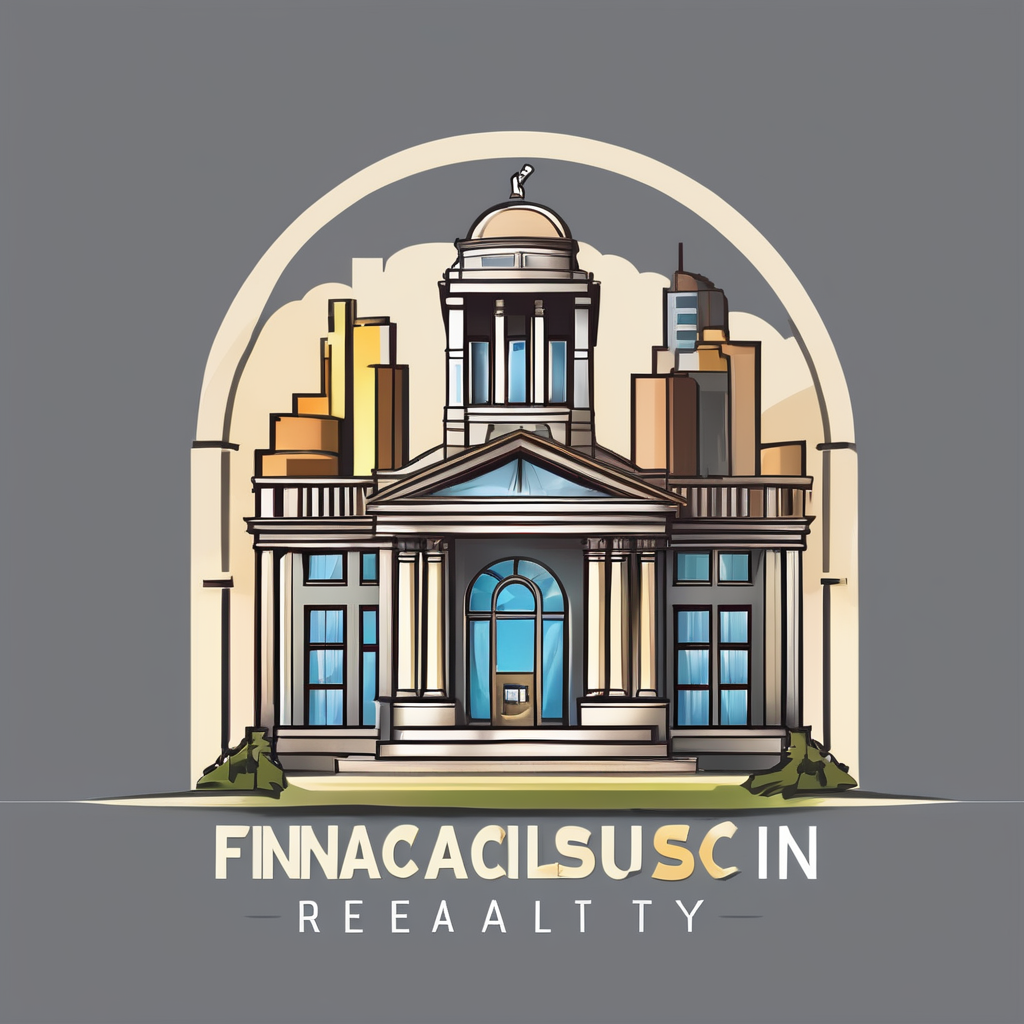Navigating the complex world of council tax can be challenging, especially if you discover that your property has been placed in the wrong band. The band dictates the amount of tax you will pay, and if it’s incorrect, you could be paying more than you should be. This article will guide you through the process of what to do if you find yourself in such a situation.
Understanding Council Tax Bands
The council tax is a system of local taxation collected by local authorities. It’s used to pay for local services like rubbish collection, road maintenance, and local schools. The amount you have to pay is determined by the valuation of your property at a specific time, typically 1st April 1991 in England and Scotland, and 1st April 2003 in Wales. There are eight bands (A to H) based on this valuation.
En parallèle : How Can Enhancing Your Home’s Energy Efficiency Impact Your Mortgage Rate?
It’s crucial to understand that your property’s band is not always a reflection of its current market value. It’s also important to know that the band can change if there’s been a physical change to your property, or changes in your local area.
Should you suspect that your property is in the wrong band, it’s worth investigating and potentially challenging the banding.
A lire aussi : What Are the Best Mortgage Options for Freelancers in the UK?
Checking Your Council Tax Band
The first step is to check your council tax band. This can be done by contacting your local council or by visiting the Valuation Office Agency (VOA) or the Scottish Assessors Association (SAA) website for Scotland.
The website will provide you with a list of properties and their respective bands. Consider looking at properties similar to yours in your local area and see what band they fall under. If you find a discrepancy, you might have a case for challenging your banding.
Take note of the second step, which is to check the valuation of your property in April 1991 (or April 2003 for Wales). There are several online tools available to help you estimate this. Again, if it’s significantly different from the band your property is in, it could be worth pursuing.
How to Challenge Your Council Tax Band
If after checking, you believe your property is in the wrong band, the next step is to contact the VOA or SAA. You will need to provide evidence supporting your claim, such as details of similar properties and their bands. It’s essential to be thorough in this, as you can only challenge the band once.
The VOA or SAA will review your case. If they agree that your property is in the wrong band, they will change it. However, be aware that this process can take time. Also, remember that your band can go up as well as down.
If the VOA or SAA disagrees with your claim, you can appeal to an independent valuation tribunal. However, this should be a last resort, as it can be a lengthy and complicated process.
Potential Implications of a Band Change
If your challenge is successful and your band is lowered, you will pay less council tax from that point onwards. You can also apply for a refund of the extra council tax you’ve paid since you became the property’s owner.
However, if your band is increased, you will have to pay more council tax in the future. You may also be asked to pay back the difference for the time you’ve owned the property.
Therefore, it’s crucial to be certain that your property is incorrectly banded before you challenge it. Remember, the goal is to make sure you’re paying the correct amount, not necessarily to pay less.
What If You Can’t Afford Your Council Tax Bill?
Even with a correct banding, you might have difficulty paying your council tax. If this is the case, don’t ignore the bill. Contact your local council as soon as possible. They can advise you on how to make affordable payments and discuss any discounts or exemptions you might be eligible for.
If you fail to pay and don’t communicate with your council, they can take you to court and issue a liability order. This could add court costs to your bill and eventually lead to bailiffs being involved. Remember, council tax is a priority debt, and non-payment can have serious repercussions.
In conclusion, while the process of challenging your council tax banding may seem daunting, it’s worth pursuing if you believe you’re paying more than you should be. The key is to do your research, understand the process, and persist with your claim.
Gathering Evidence for Your Challenge
In your quest to have your council tax band re-evaluated, you’ll need to gather substantial evidence to support your assertions. Your primary focus should be on properties within your local area that are similar to yours but fall under a different band. It is essential to be meticulous, as the strength of your case will depend largely on the validity and relevance of your evidence.
To start, you can research the council tax bands of similar properties in your vicinity. The Valuation Office Agency (VOA) or the Scottish Assessors Association (SAA) websites provide comprehensive lists of properties and their respective bands. Identify properties that share similar characteristics with yours but have been categorized under a different band.
Next, you’ll also need data about the estimated value of your property back on 1st April 1991 (or 1st April 2003 for Wales). Numerous online tools can help you ascertain this estimated value. If the estimated value deviates significantly from the band your property is currently in, you have a strong case.
Before you approach the VOA or SAA with your challenge, ensure you have a well-documented and solid case. Remember, you can only challenge your council tax band once, so it’s crucial to get it right the first time.
Council Tax Reductions and Discounts
Even with the correct categorization, paying your council tax bill might prove challenging due to unforeseen financial difficulties. In such cases, instead of overlooking the bill, you should contact your local council immediately. They can provide guidance on how to manage your payments and discuss any potential tax reductions or discounts you might be eligible for.
Several circumstances might make you eligible for council tax discounts or exemptions. For instance, if you’re the only adult in your home or if all the residents are students, you might be entitled to a discount. Notably, if you’re experiencing severe financial hardships, you might qualify for a council tax reduction. Your local council can help assess your situation and guide you through the application process.
If you fail to pay your council tax, your local government could take legal action against you, leading to a liability order. This would not only add court costs to your bill but could ultimately involve bailiffs. As council tax is a priority debt, it’s critical not to ignore it and communicate any issues with your local council.
Conclusion
Dealing with council tax banding can appear daunting, but it’s essential to ensure you are not overpaying. Challenging an incorrect banding might seem like a substantial task, but with thorough research and a robust case, the outcome could result in significant financial savings. Additionally, remember that assistance is available if you struggle to pay your council tax bill, and early communication with your local council can help you navigate any difficulties. Always remember, the goal is fairness in the application of council tax, ensuring you pay the right amount for your specific property.






